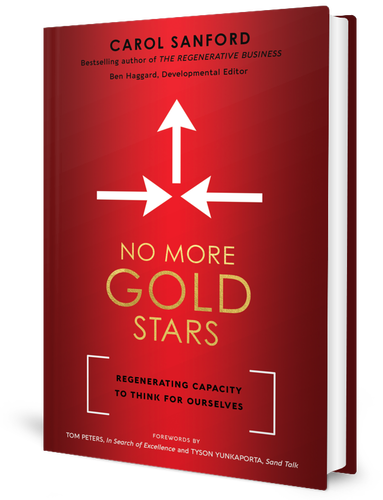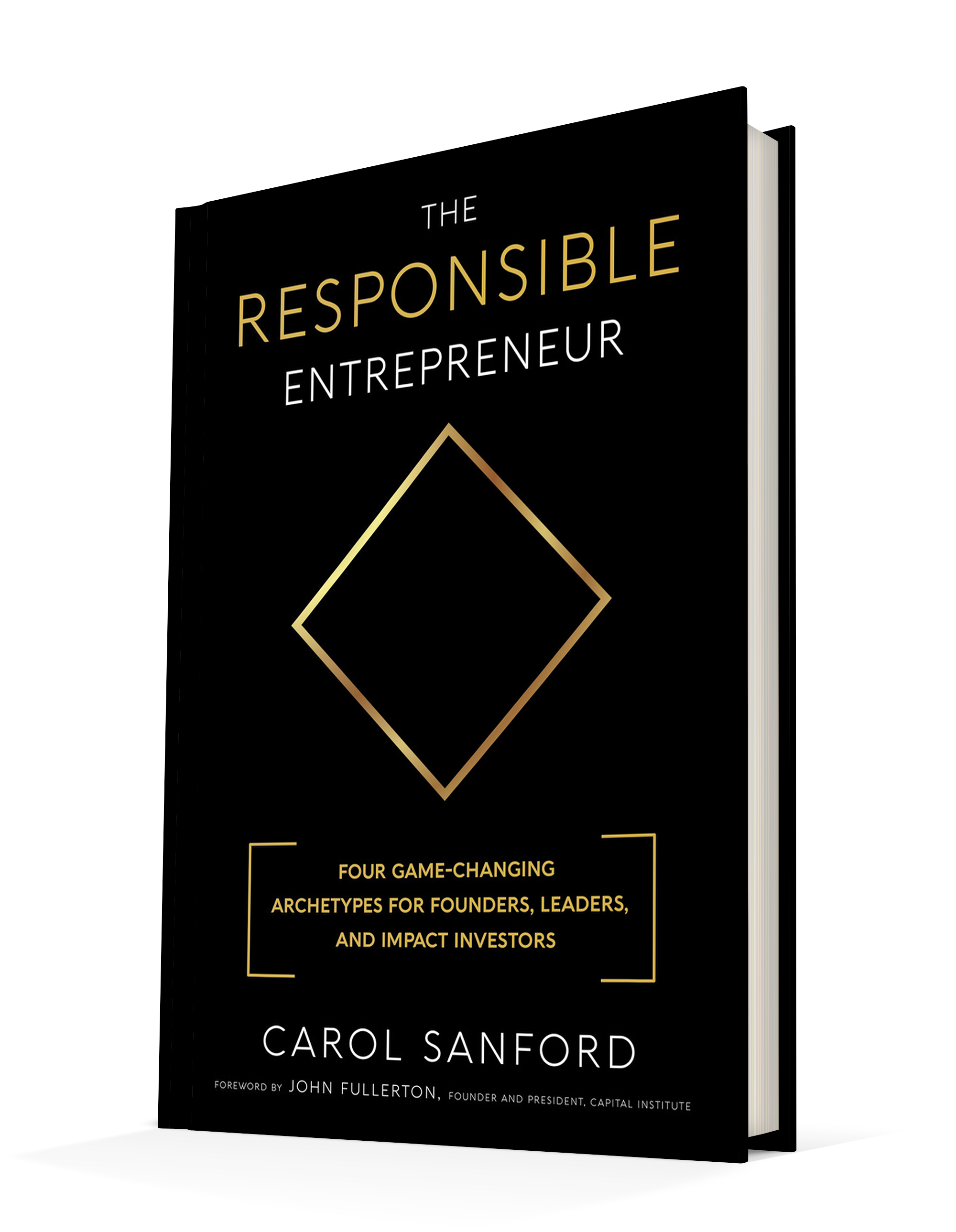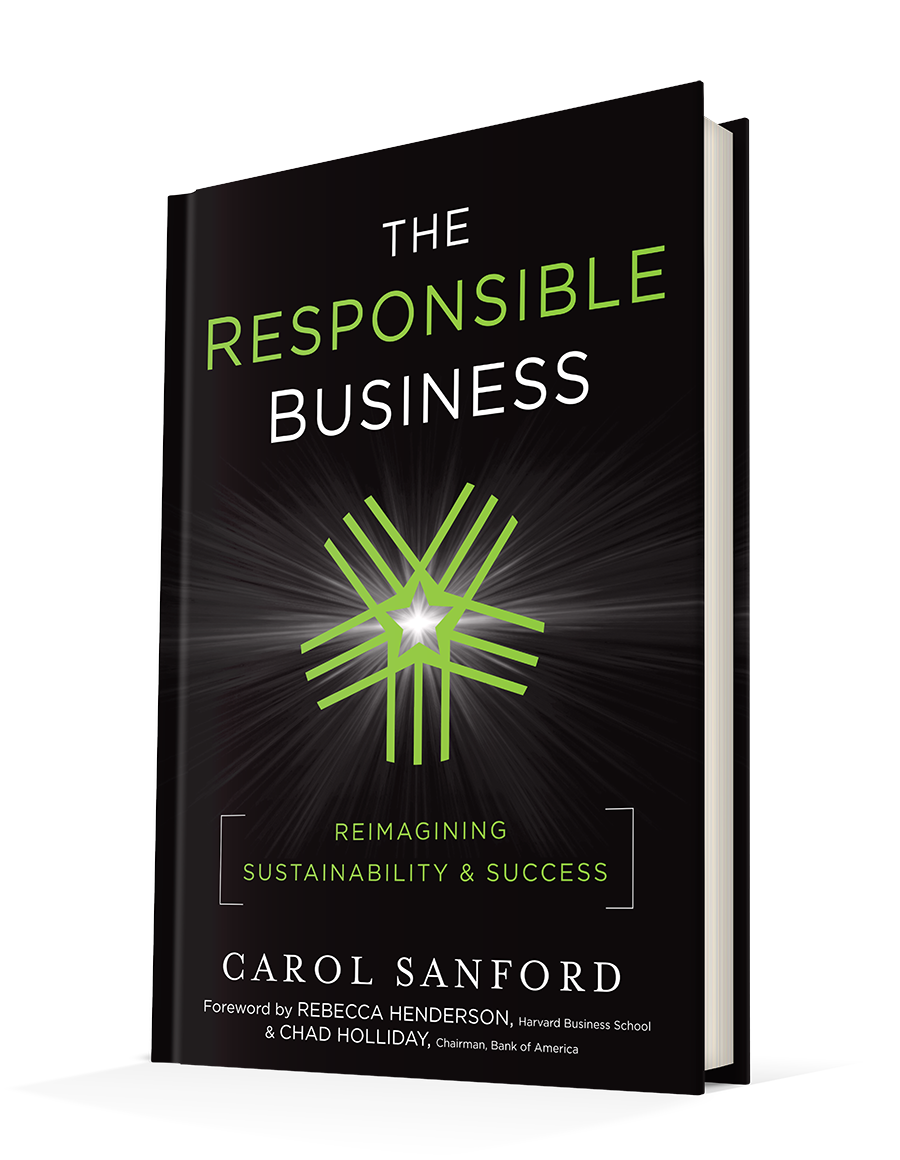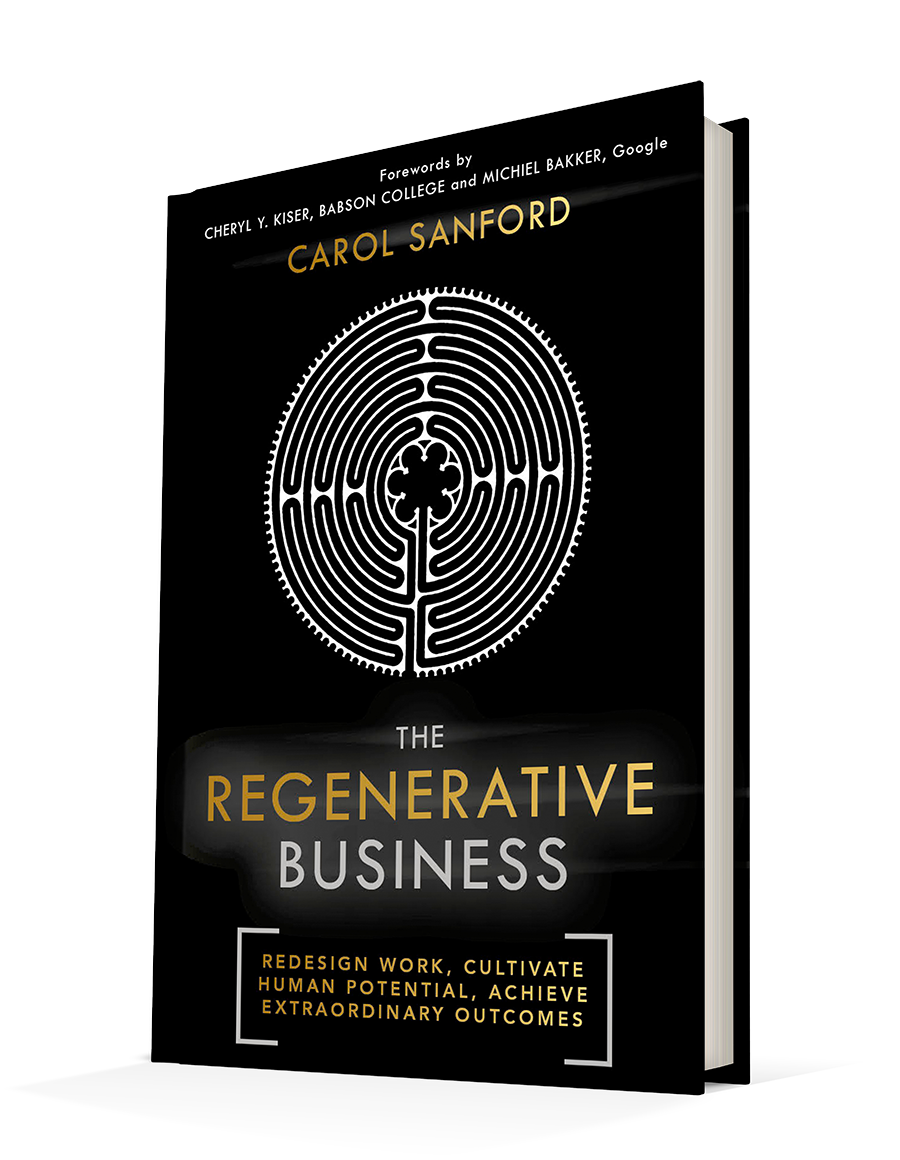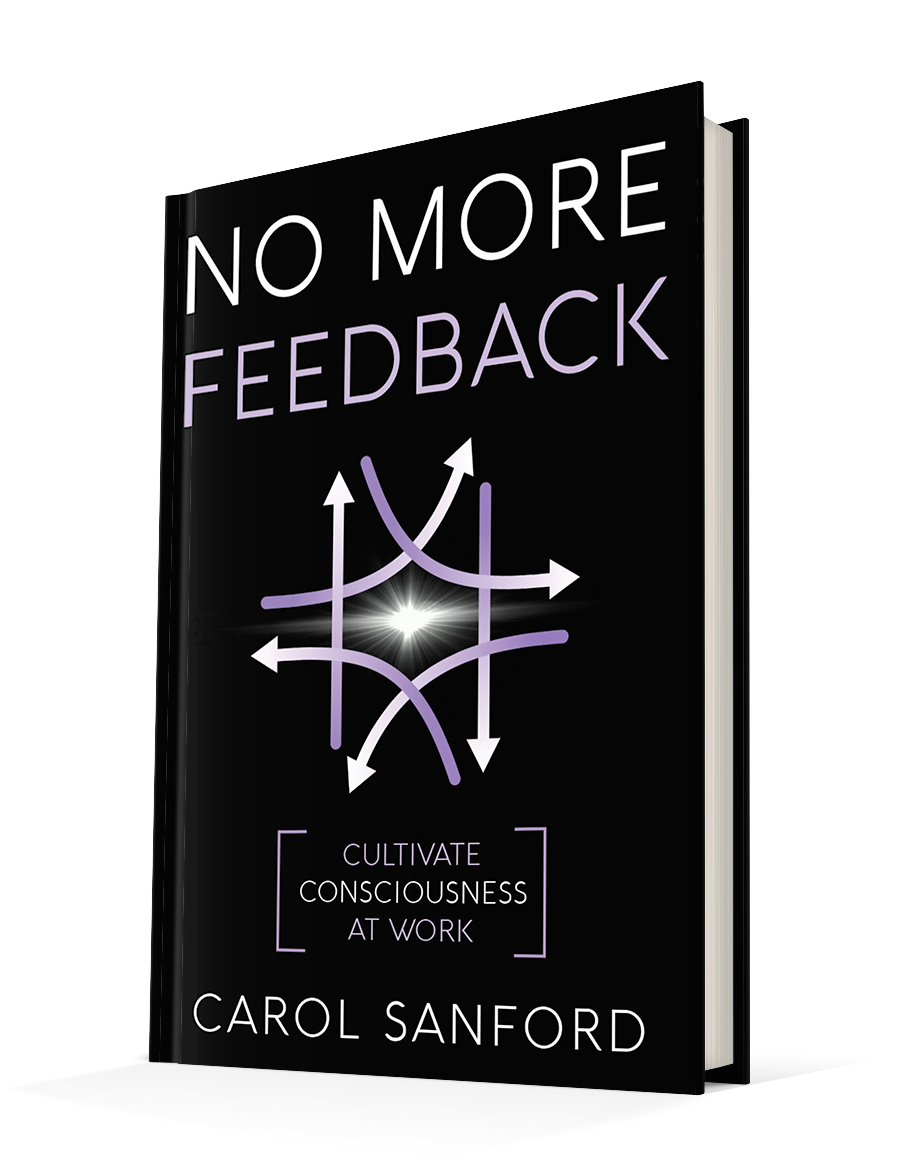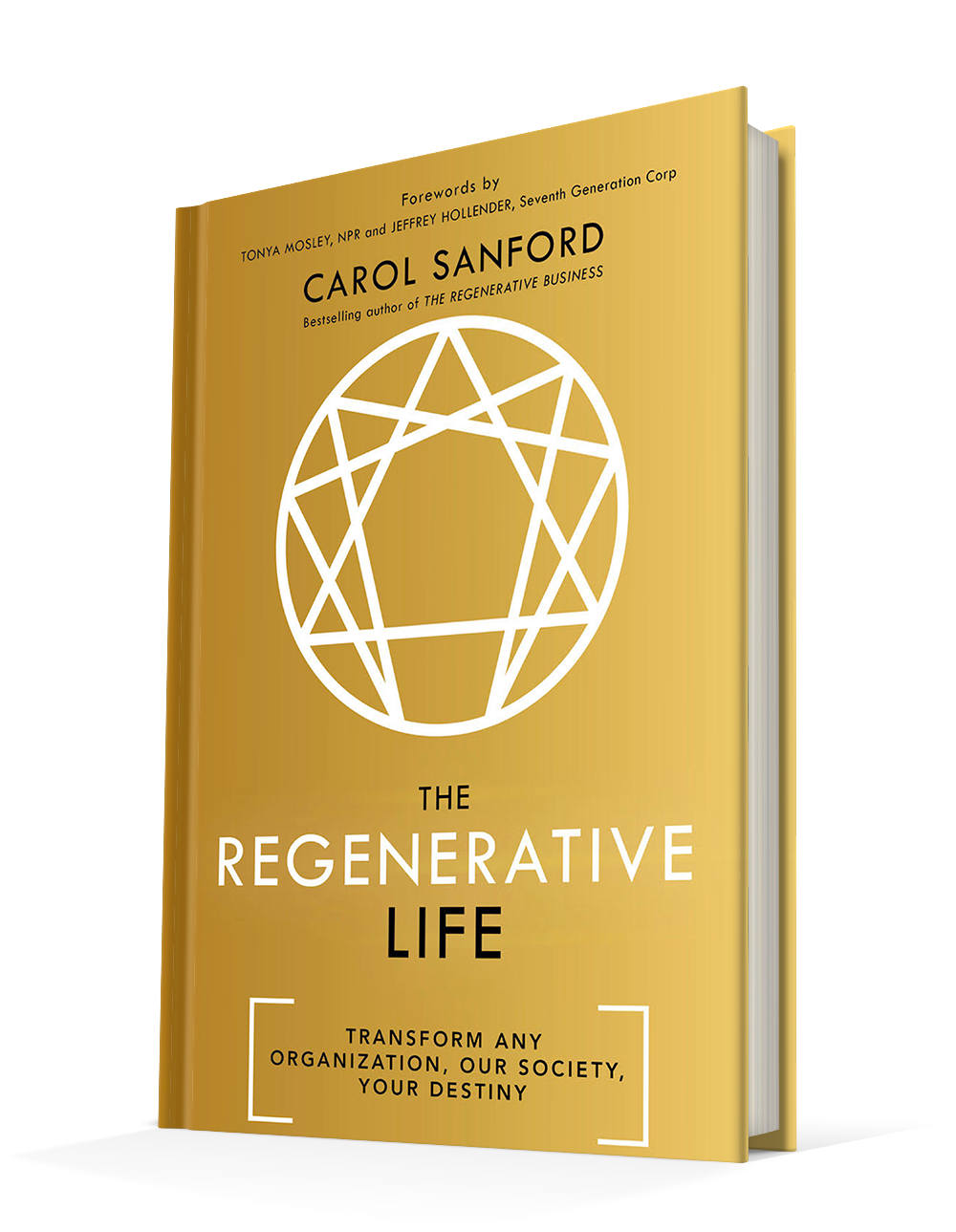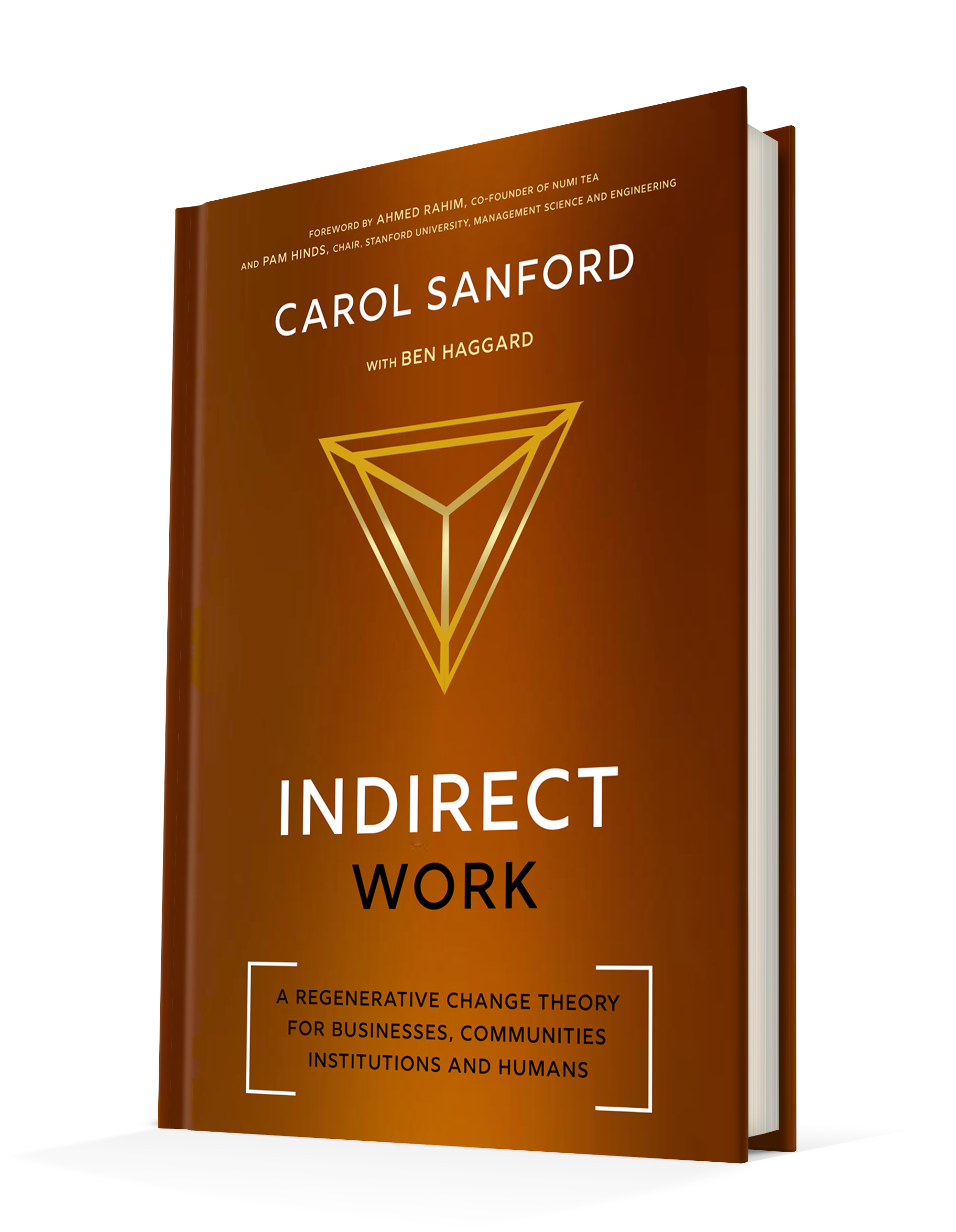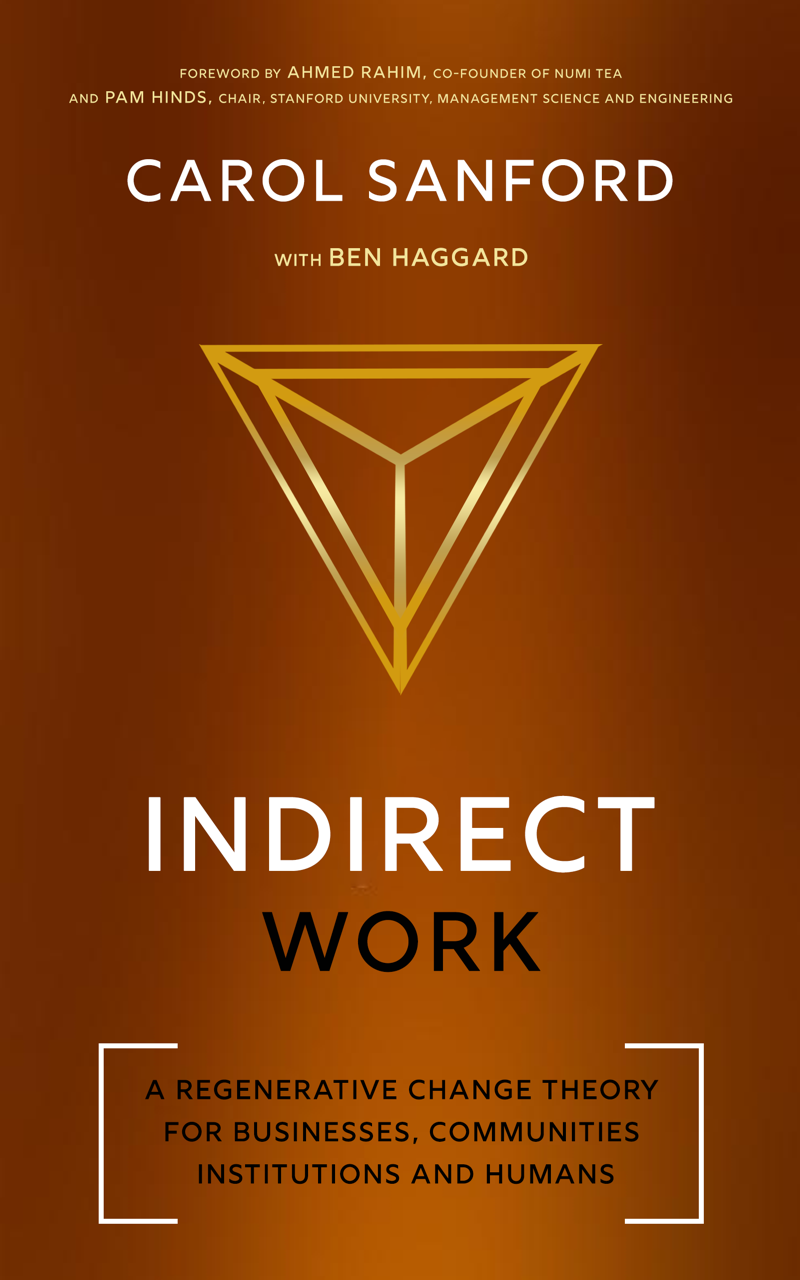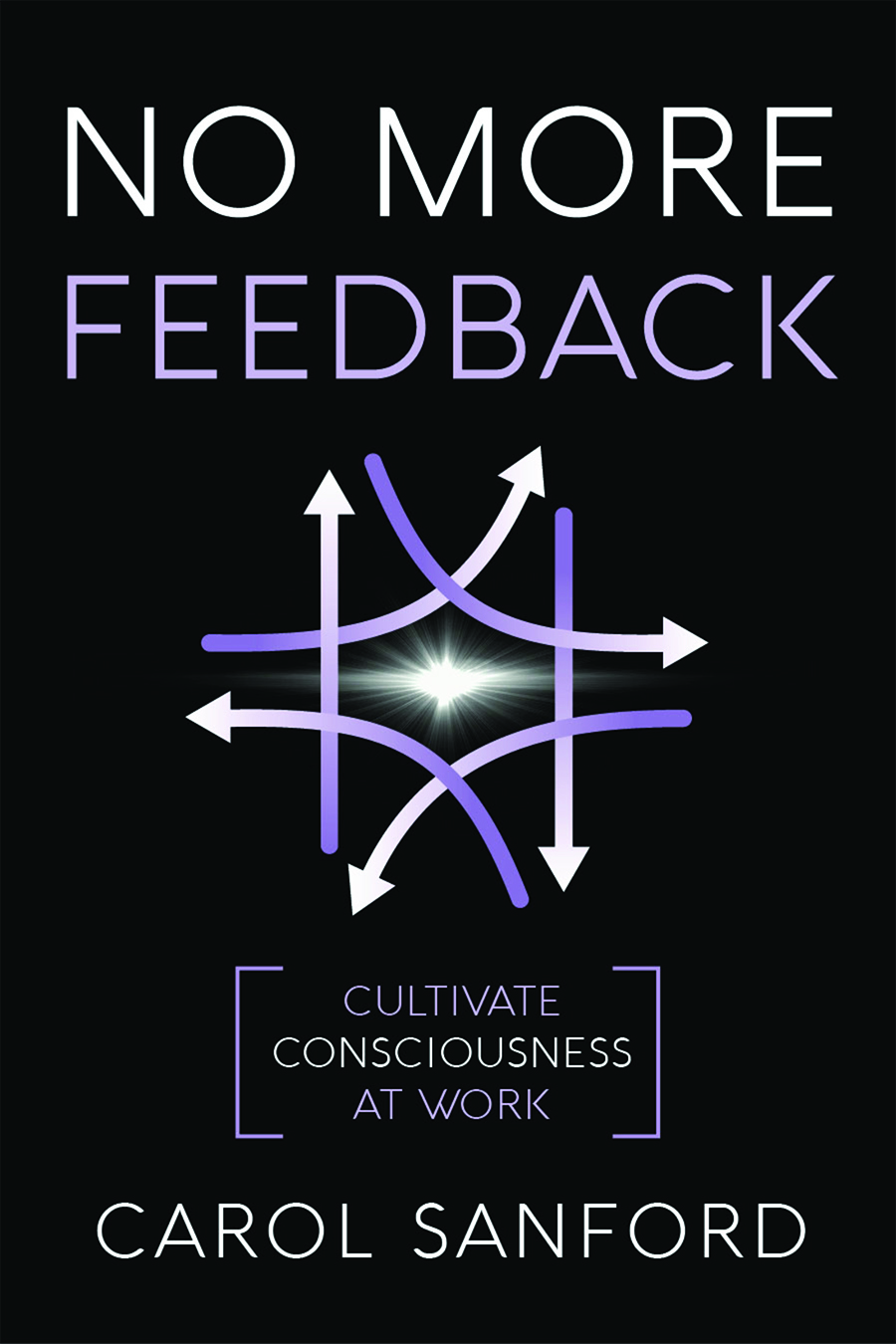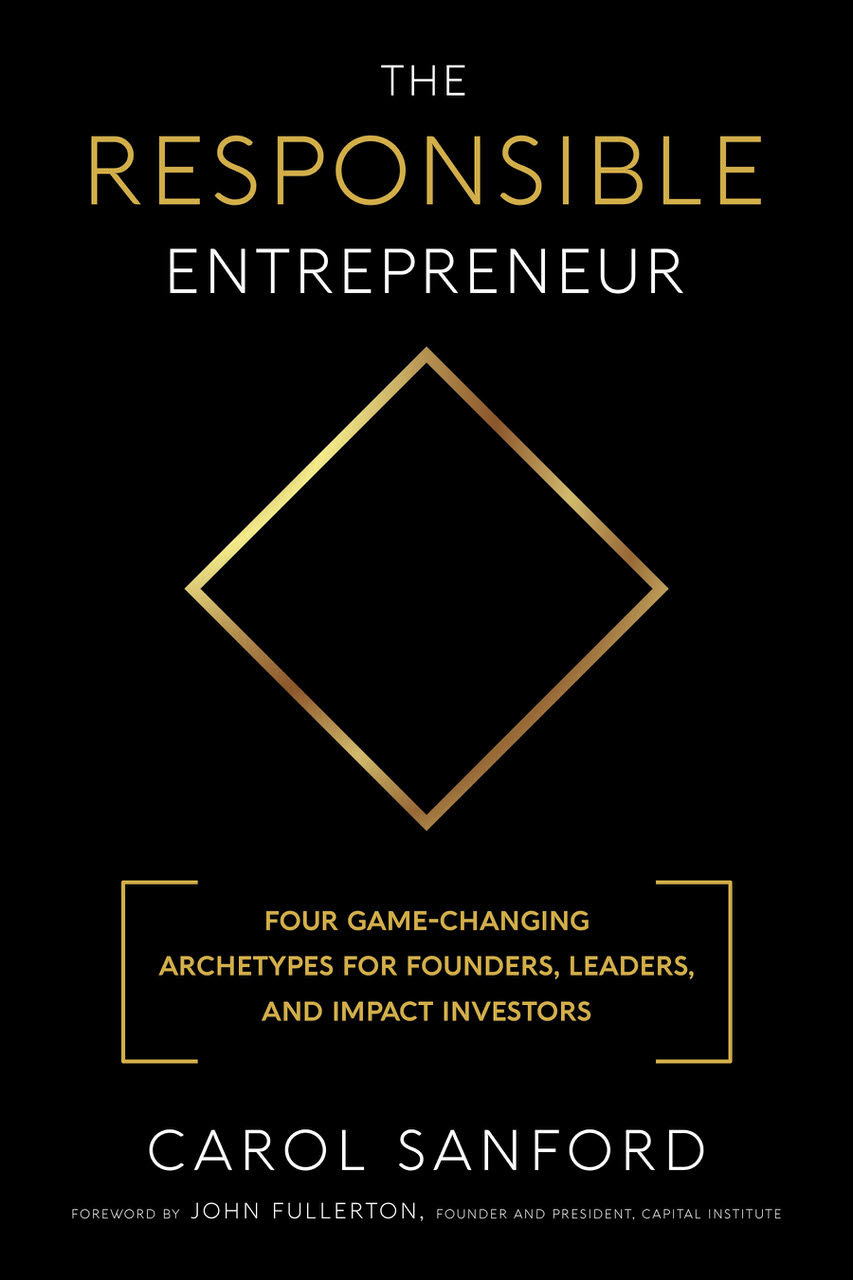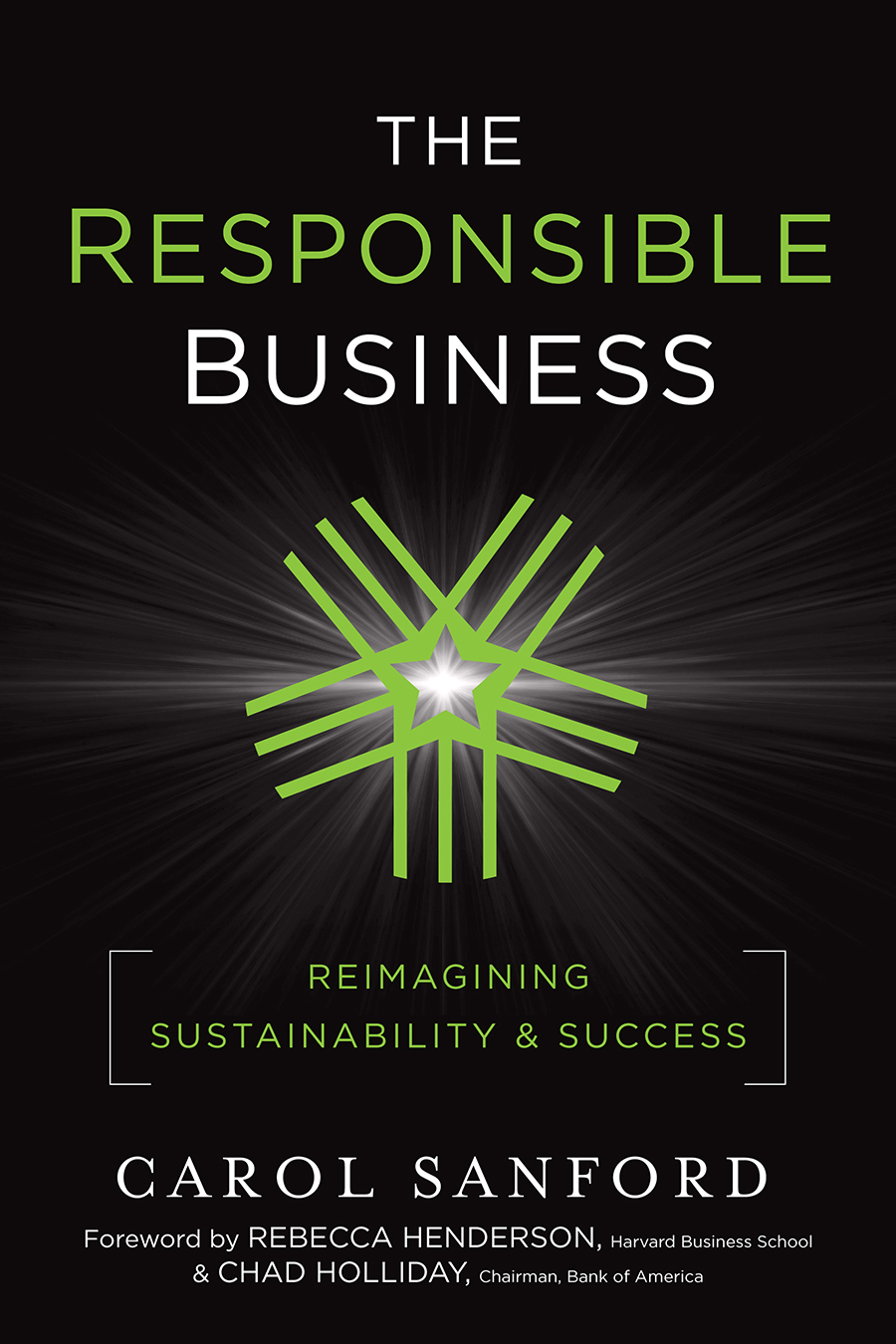Multi-Award Winning Author of Seven Books
“Carol Sanford’s book No More Feedback is clearly on my Top 5 management books of the century to date. It is brilliant, readable, incredibly well researched, contrarian, and ridiculously important. I would travel many a mile to hear her speak and pray that her audience would listen intently—and act decisively. The world would be the better for it.”
Tom Peters, Author of “In Search of Excellence”, Best-selling Book of 25 Years.
Overview of Carol’s Books – Seven Books and counting
Carol will have published seven books as of 2023. They form a set of books and are related aspects of a whole. Each is filled with at least 16 case stories drawn from Carol’s in-depth experience co-creating with amazing companies and leaders, significant change efforts around the world.

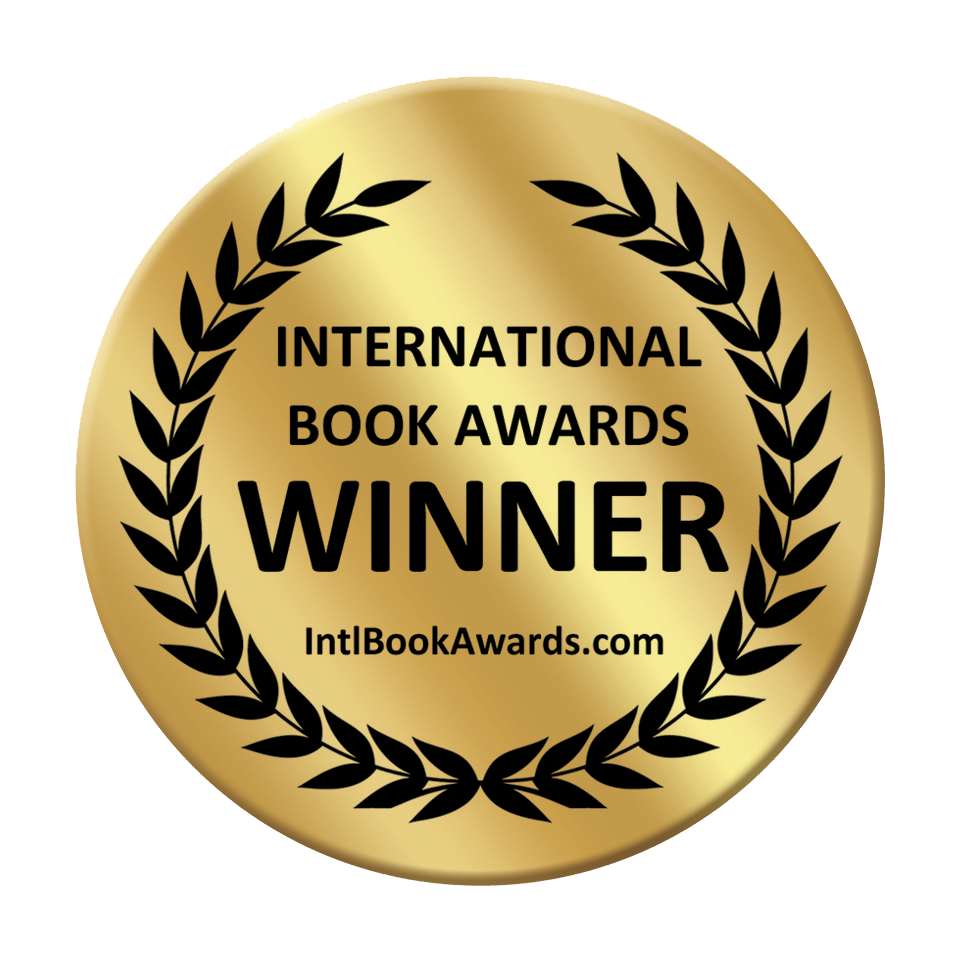
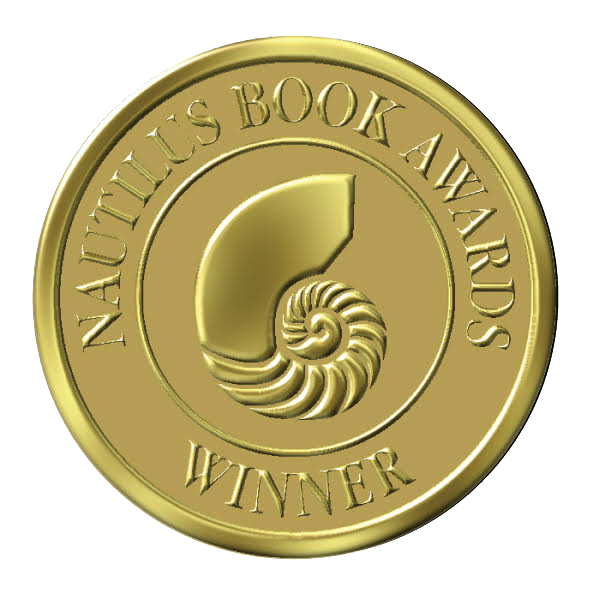
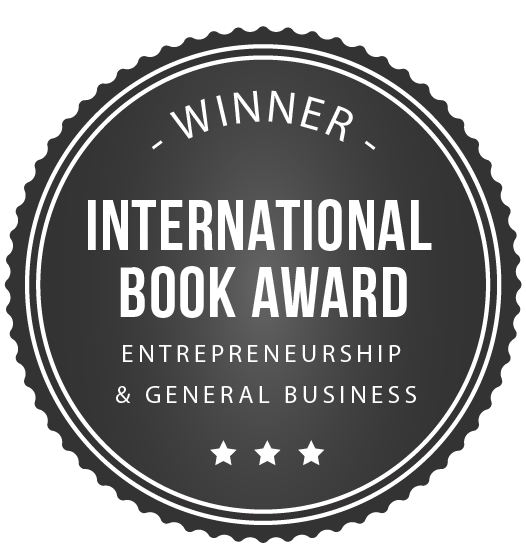
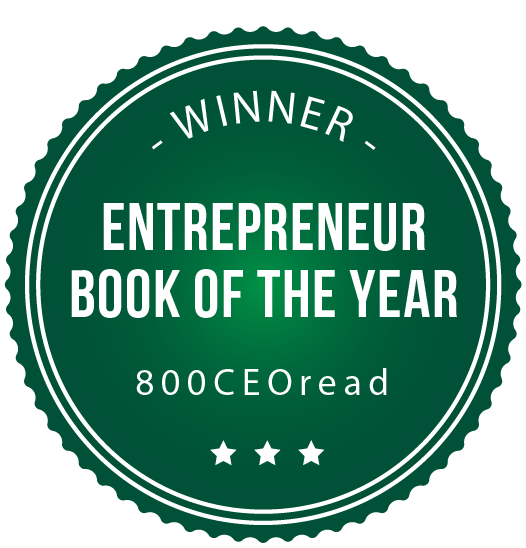
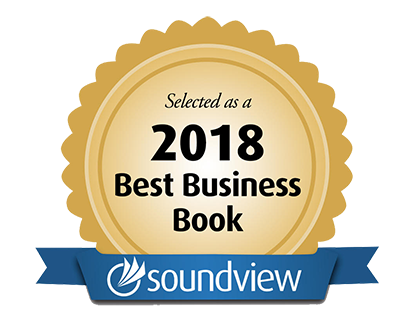
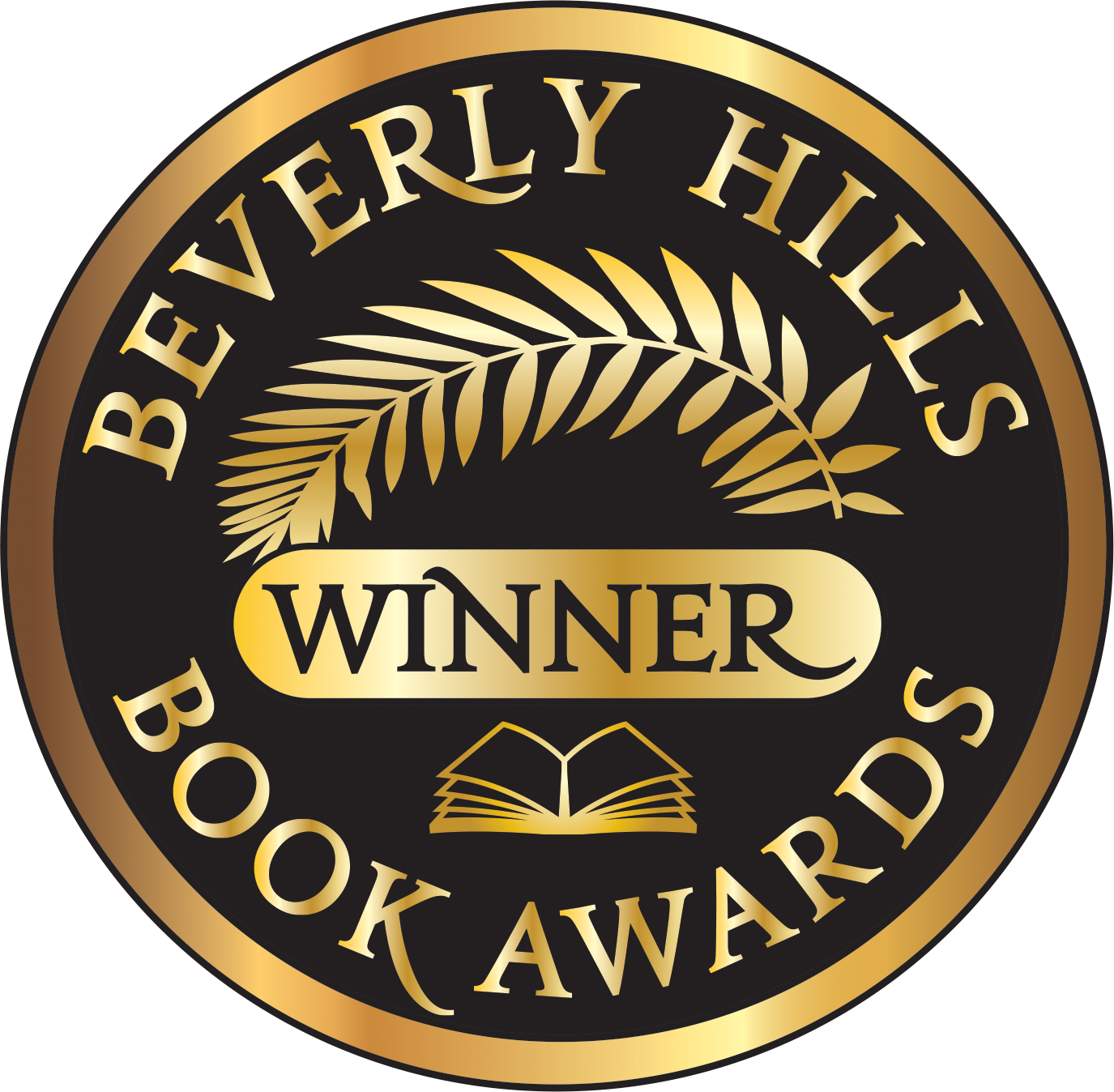

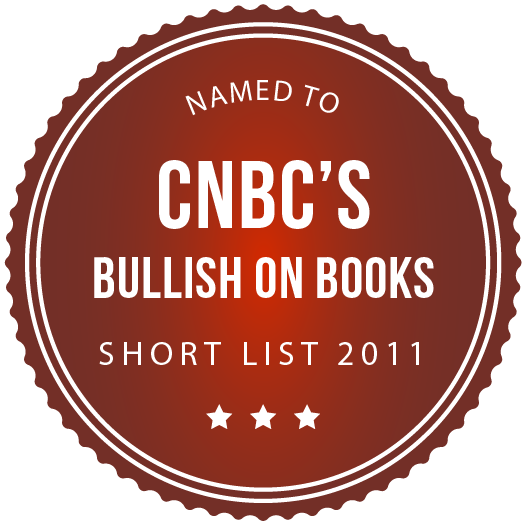

Path to Transformative Change Book: Indirect Work is drawn from lineage and Indigenous sources and the teachings I have received from my maternal grandfather and others over my lifetime, including those studying with Native American Elders. I have been honored to study with wisdom teachers working globally with spiritual teachings developed over millennia. I have spent six decades working to render these messages and experiences into a practical human technology that works in day-to-day life. You don’t have to go to an ashram, live a monk’s life, or walk on hot coals to play an effective role in the change we seek to make. You can use Indirect Work, rooted in these foundations, to test the likelihood of moving the needle when you turn your intentions into action. The technology it presents is for all humans, the institutions they steward, and those working in the field of change theory itself.
Personal and Professional Development Book: The Regenerative Life: Transform Any Organization, Our Society, Your Destiny will be published with Nicholas Brealey in March of 2020. It focuses on what Gandhi suggested we do; Be the Change we want to see. But how does one do that? The book looks at nine nodal roles that, if engaged from a Regenerative Philosophy, will not only change the person carrying out the role but can change the course of history and the society in which we live. All but one of the roles (parenting) happens in businesses and in professional life. The transformation can happen without heroic effort as well. It requires learning about a different paradigm called regeneration – with no career change needed. It offers a way to make every journey a path to a meaningful and significant life. To change the value a business can create for its employees and customers. And to shift society by up-leveling the accountability each person feels for stewarding democracy and society.
Management Book: No More Feedback, published by Carol Sanford Institute, takes one of the most toxic practices, feedback, and shows how it was metaphorically borrowed from the domain of machines by physicists, psychologists and ultimately business, without rigorous examination for its appropriateness. No More Feedback covers all the research that shows how damaging feedback is – and also how little difference it actually makes, particularly since there are powerful alternatives. The last third of the book offers the path to the intentions that are desired without the side effects—workers operating with consciousness and creativity.
Management Book: The Regenerative Business, with Nicholas Brealey, is a book about work design and managing people. It seeks to offer the criteria by which all work design and management practice can be created. What is needed to develop all humans to make a difference with their lives. This book offers three primary capacities that are core to human potential being developed and expressed. It points to management practices that are toxic to realizing potential of those three capacities. 30 of those practices are recommended for replacement because they are so damaging. On the upside, the book gives a path for building an organization that achieves the ends sought by all work, but without the toxic side effects.
Leadership Book: The Responsible Entrepreneur, also with Jossey Bass, is a book about leadership, gives guidance to those engaged with a growth stage business or business unit. The Responsible Entrepreneur builds from four archetypes drawn from indigenous roles in the Mohawk community of which my grandfather was raised in his early years. I was influenced by this heritage of his life. He told me that the four roles represented what was necessary to rebuild a tribe or community and that I would need this understanding in my life.
The Responsible Business begins with the pre-imminent stakeholder, the customer (or consumer, distributor or citizen, if a government entity). The book looks at what these stakeholders have a stake in, system-wide, what they count on the business for, and what the return on capital expectations are from them. Co-creators are the next stakeholder. They are made up of suppliers, contractors and workers in or to the business. The book shows how to link each and every co-creator to the world beyond their world— the customers. The third stakeholder in the system is Earth. She gives and asks for particular returns. The reader comes to understand the investment made by Earth and the return on capital she requires. The Fourth Stakeholder is the communities in which a business operates – sometimes many communities. What do the communities give to the system and what do they depend on in return? Fifth, the Financial stakeholders grant funds for growth and sometimes operations. It is important to remember that all the stakeholders, not just the financial ones, invest in the system and need for it to succeed. The Responsible Business shows the way to achieve this system effectiveness and what intervenes to spin it all downhill, especially when seen as isolated entities and not as a system.
